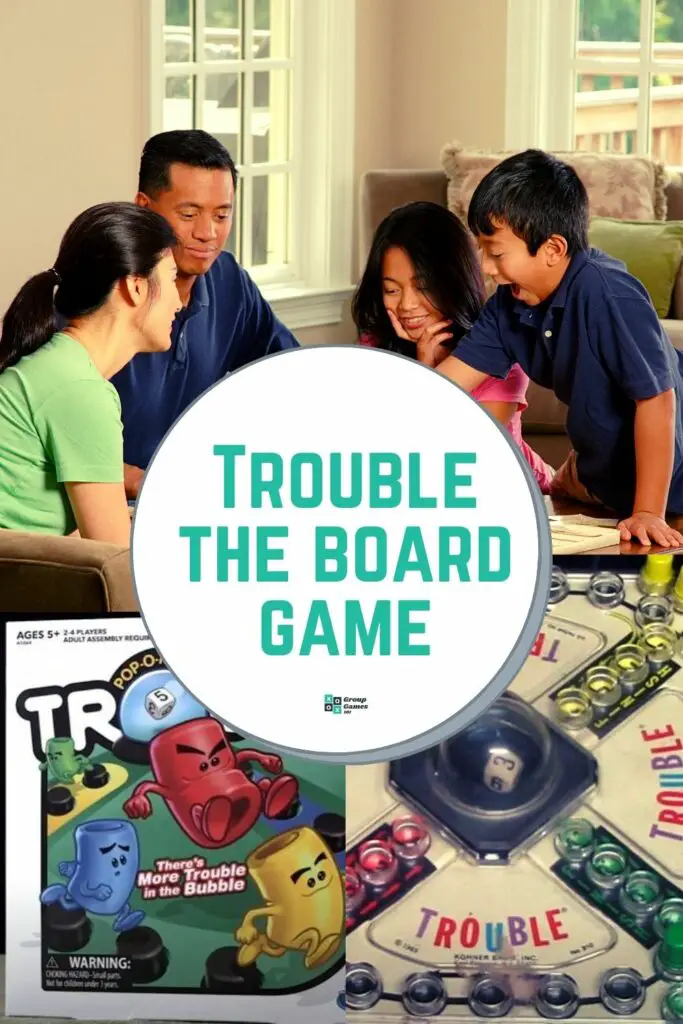
Play Risk online Risk game description. Card games and role playing games are excluded. From wikipedia: A board game is a game that involves counters or pieces moved or placed on a pre-marked surface or 'board', according to a set of rules. Games can be based on pure strategy, chance (e.g. Rolling dice), or a mixture of the two, and usually have a goal that a player aims to achieve.Get ready to race to the finish line in this exciting game with the classic Pop-O-Matic bubble that holds and rolls the die. The suspense builds as you try to land on the Double Trouble or Warp spaces that give you additional powers.
The game’s minimum requirements are: WoW Burning Crusade (TBC) Classic PC minimum system requirements. CPU: Intel Core i5-760 or AMD FX-8100 or later. RAM: 4 GB RAM (8GB for integrated graphics such as Intel HD Graphics)Getting into trouble has never been so much fun! The excitement begins as soon as you press the classic Pop-O-Matic bubble to roll the die. Then race to get all your game pieces around the board to the finish zone, but be careful! You might get into trouble! Can you get all 4 of your pieces around the board without getting bumped and sent all the way back to the beginning? Keep your luck going, and send your opponents back to their starting space in this classic race-and-chase game.Play Bubble Spinner The classic Bubble Shooter game returns with a twist, While the rules are almost the same, the board spins with every hit, dont let the bubbles touch the sides.
It also comes with an instruction manual, but since you’re here, I’m guessing that your dog (or your toddler) ate it.Choose a player to go first (high draw or youngest player will work). The game comes with a board, a deck of cards, and four sets of pawns, four of each color. The players participate in a virtual world conquest: each player chooses a country to control, with the goal of engaging in war against the other countries, eventually dominating the whole world.Montreal won the first game 8-4, despite the PCHA rules.

Draw again, even if you could not move a pawn.7—Move a pawn forward seven spaces, or split the movement between two pawns. Remember, two pawns may never occupy the same space, even the outer starting circle.1—Move a pawn onto the outer starting circle, or move a pawn one space forward.2— Move a pawn onto the outer starting circle, or move a pawn two spaces forward. Both a 1 and a 2 move the pawn onto the outer starting circle, but a 2 card allows the player to draw a second move card. That pawn would be able to reenter the safety zone on a subsequent turn.One a 1 or a 2, move a pawn out of the “START” circle onto the first space beneath it ( a smaller circle at the end of a Slide Zone). Note, you can’t move backwards into your safety zone, though you can exit a safety zone with a backwards move card.
This is the exception to the aforementioned rule. Note, you do not have to switch positions if there is no other legal play. If a 7 is used to move on pawn home, the remainder of the movement total must be used exactly by another pawn or it is not a legal move.10—Move a pawn forward 10 spaces, or move a pawn backward one space.11—Move a pawn forward 11 spaces, or switch the position of any one of your pawns with any one of your opponents pawns.
If you are able to move a pawn backwards at least two spaces past the start zone, you may move your pawn into your own Home zone without moving all the way around the board on another turn.If at any time you are unable to move, your turn ends.If you have any legal move, you must take it.If you have exactly four players, you may play a team variant. If you have no pawns in the “START” space, or there are no legal pawns to bump, end your turn.The 4 and 10 cards move you backwards. Remember to slide and bump if your switch lands you on the starting triangle of a Safety Zone.Take one pawn from your “START” position and move it to any legal space occupied by an opponent (no “HOME”, “START”, or “SAFETY ZONE” spaces), and bump the opponent back to their “START” space.
Place the played card into the discard pile, and draw another card from the draw pile.If at any time you are unable to move, discard a card from your hand, draw a replacement, and end your turn.The first player to get all four pawns “HOME” wins the round and scores in the following manner:Score 5 points for each opposing pawn not in their “HOME” zone.Score 25 points if no opponent has more than two pawns “HOME”.Score 50 points if no opponent has more than one pawn “HOME”.Score 100 points if no opponent has any pawns “HOME”.Choose a set number of round or points to play to prior to starting the game. Players play one card on their turn and move accordingly. Shuffle the deck and deal five cards to each player. In this variant, begin with one pawn in play on the outer start circle and the remaining three pawns in the “START” zone. Note these following exceptions:Any partner may move either theirs or their teammates pawn.Sorry! cards must be used, so if there are no legal switches with an opponent, you must use it on your teammate.7’s can be split among both yours and your teammates pawns.1’s and 2’s may move either yours or your teammates pawns.Winning occurs when all of the pawns belonging to one team (8 pawns) are in their respective Home zone.If you have all adult players, you can play for points.


 0 kommentar(er)
0 kommentar(er)
